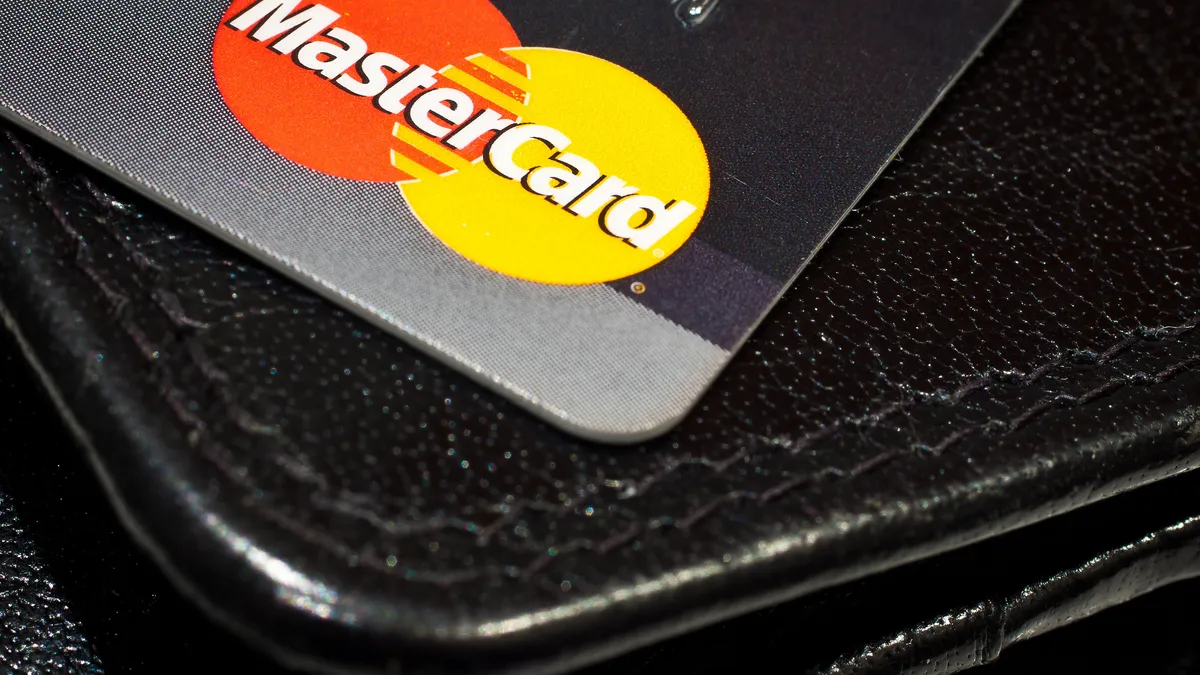Dive Brief:
- Mastercard Transit Solutions has expanded its tap-and-go transit fare payment technology to 150 global cities. Mexico City, Milan and Kaohsiung, Taiwan are the latest cities to be included.
- The company says its transit card tap and mobile phone scan systems reduce rider wait times, increase efficiencies and can reduce a transit agency's fare collection costs by 30%.
- New York City and Boston are among the U.S. cities expected to upgrade their fare systems next year with the tap-and-go or touchless mobile technology.
Dive Insight:
Mastercard partners with a variety of transit operators, technology companies and mobility consultants for its transit solutions business. Among those partners is Cubic Transportation Services, which operates fare payment systems in San Francisco, New York, Boston and Chicago.
More cities — including Los Angeles and Washington, DC — are ditching paper fare card systems in favor of the card and mobile phone options. Some people even view fare payment infrastructure modernization as an integral part of being a smart city. In addition to increasing efficiencies and lowering costs for the transit systems, the tap-to-pay and touchless fare payment options offer riders something that they increasingly want: convenience. Added conveniences could change riders' views of transit, which has the potential to stabilize or even boost ridership, which has been lagging nationwide.
Although modern fare payment systems provide a lot of benefits, they also come with issues. A leading concern is that they rely heavily on the assumption that transit riders have credit cards and cell phones, but lower-income residents do not always have access to either or both of those resources.
Bus ridership traditionally is highest among lower-income as opposed to high-income residents, so cutting off that portion of the population from equitable access to modern payments is not only detrimental to the residents' mobility, but also to the transit systems ridership and long-term sustainability. Advocates have pushed transit agencies to make sure they have easy, equitable options for riders who don't have the ability to go cashless or use a cell phone for payments.












